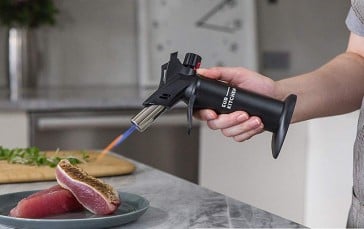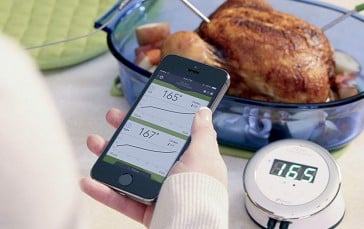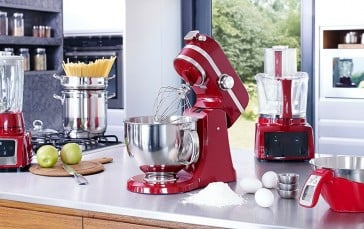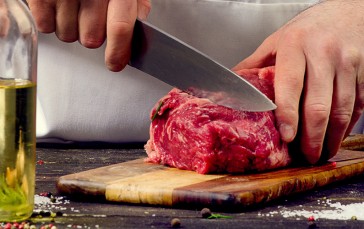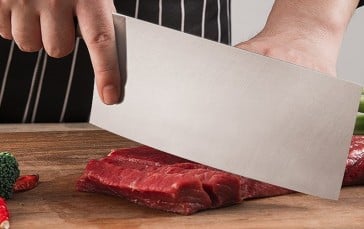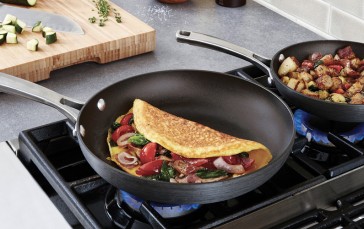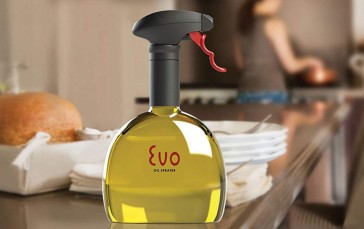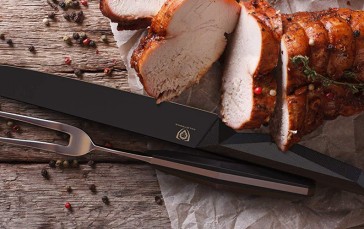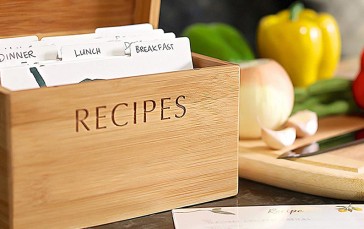Master Sous Vide Cooking
Love that juicy steak at your favorite restaurant with just the right amount of flavoring and totally done without that post grilling charring going on? If that is a yes, then welcome to the world of sous vide. Derived from a French word meaning under vacuum, sous vide is a cooking method that involves the vacuum sealing of food in a plastic bag, slowly cooked in water under set temperatures. Follow the ten tips below to sous vide and your days of frustrating attempts to replicate such culinary pleasures DIY style without splurging all the time at the fancy restaurant are over.
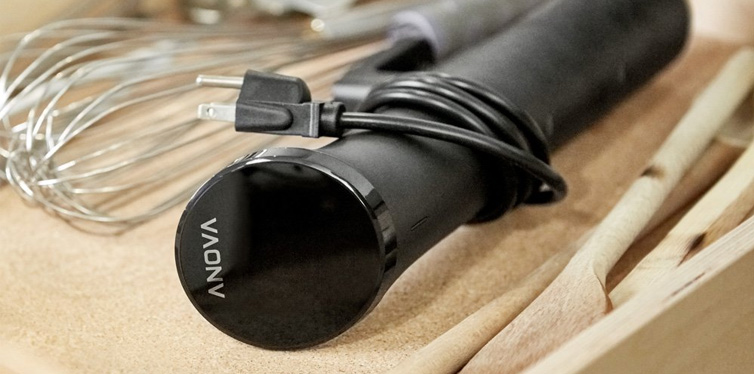
1. Get Your Equipment Right
Sous vide is a rather simple technique that does not need a whole lot of equipment. In fact, you will need just three things. A large pot, a sous vide machine, some plastic bags (Ziploc would do) and a vacuum sealer. You could go down the DIY route and opt for the immersion circulator type of sous vide machine which can be popped inside a large pot to set the water temperature, or you could pamper yourself a little and opt for water oven which comes with a container, immersion circulator et al.
2. Stick With the Fresh Stuff
As sous vide tends to magnify the quality of what is being cooked, your best bet is to make sure the right stuff gets magnified. Cooking up those sorry looking carrots that have become a part of your refrigerator landscape, or that long-forgotten steak in the freezer since you first moved in is not going to give good results. Visit the local butcher for some fresh cuts and vegetable stand for greens that are still ‘green’ with their crunch intact for a great sous vide cooking debut.
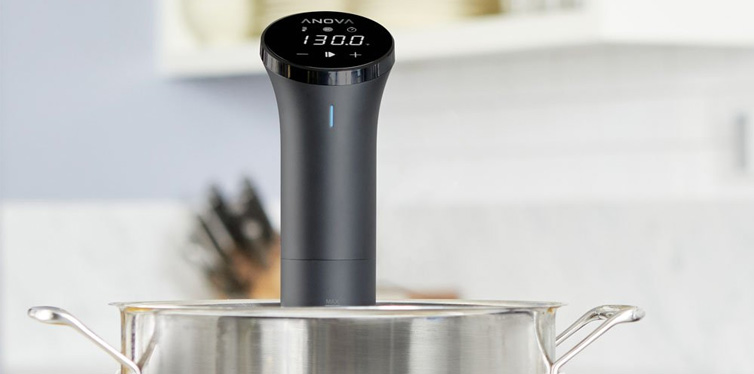
3. Don’t Skimp on the Bags
The right plastic bag could literally make or mar your attempts at sous vide cooking. Sticking food in some old plastic bag used to pack your groceries at the store wouldn’t cut it. Using a Ziploc bag is more like it. To get the best results, use a vacuum sealer; that way you can be sure there is no air left in the bag that could cause the growth of bacteria or fungi. Make sure to double the bags to avoid bursting mid-cooking.
4. Know Your Food
Recognize that the kind of food being cooked determines the length of sous vide cooking time. Meats such as steaks generally need to be cooked for longer to make sure it is fully done all through. The thicker the cut, the longer the cooking time. Meats sealed using a vacuum sealer often cook faster as heat can reach it easily. Ribs would typically require a shorter cooking time than fleshier cuts, while vegetables or eggs could even be done in minutes, especially for veggies such as asparagus or carrots needing some crunch.
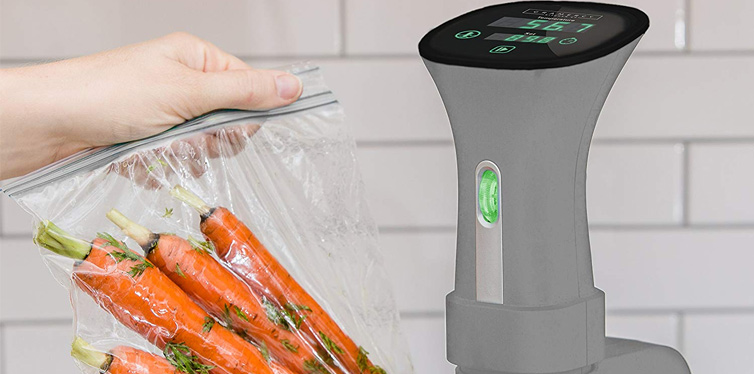
5. Keep it Simple
Seeing as you are just making your debut into sous vide cooking, it’s best you start with the simple food till you get a better hang of things. Save taking on steaks until you learn the ropes. Foods like fish, especially of the filleted variety, potatoes, eggs, boneless chicken breasts, asparagus, beets, and carrots are all simpler foods you can cut your teeth on in the early days.
6. Get Some Help from Experts
As much as DIY is a ‘thing’ these days, nothing beats having a pro in your corner helping you learn the ropes. Learning the right temperature to use for each kind and texture of food can get to be quite tricky. You could get handsy with the process and get some sous vide training videos to watch. Or grab a cookbook, especially one authored by sous vide cooking experts or talk to the manager at your favorite restaurant if you could get a word in with the chef.
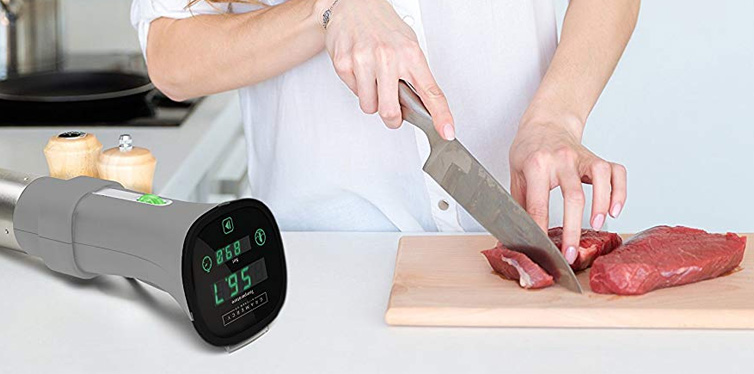
7. Season Right
After you have put the vacuum sealed bag in hot water and the cooking is already done – this is not the time to start fumbling around in the hot water trying to open a piping hot bag to season food. A major reason sous vide cooked food tastes so good is that the food lying in a vacuum sealed bag locked in tight with seasoning allows for both marinating and cooking. With seasoning after cooking, you have lost out on an opportunity for flavors to run through and through.
8. Get the Water Right
If you are using an immersion circulator type of sous vide machine rather than the water oven, you need to get the right amount of water in the pot you are using. The last thing you need is water drying out mid-cooking and your plastic bag stuck to the bottom of the pot or having to add more water thus interfering with the set temperature. Note that the food loaded plastic bag especially that containing meat should only be introduced into preheated water to mitigate possible growth of bacteria.
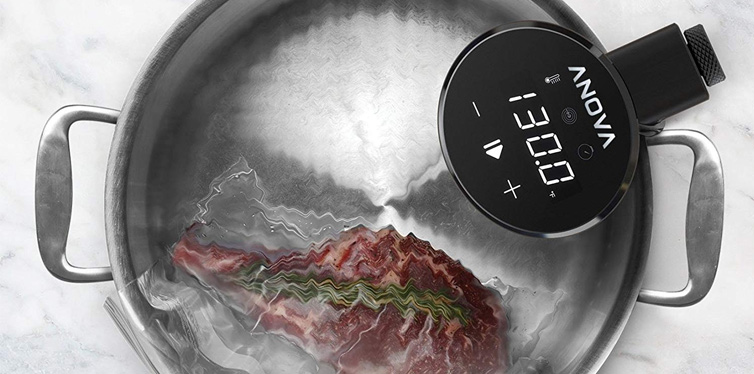
9. Glass Works Too
You can totally get your sous vide cooking done with a glass jar as well as a vacuum sealed or resealable plastic bag. The kind of food you are cooking determines if glass mason jars would work. Jellies, custards, pickles, and puddings or any otherwise typically ‘jarred’ food can be cooked using glass jars. For meats such as steaks and vegetables such as corn and beans, glass jars do not work as well as they cannot be vacuum sealed.
10. Finish it Right
As the sous vide method uses heated water to cook, often the food is well seasoned, great tasting but with a boiled look. With veggies such as artichokes, beets, Brussels sprouts, and asparagus, the ‘boiled look’ is not necessarily an aesthetic challenge. With steak, it could end up looking not as mouthwatering as it actually is. Not to worry though, searing both sides of the steak on cast iron skillet with some olive oil dribbled across the bottom will give that roasted look steak is popular for.


